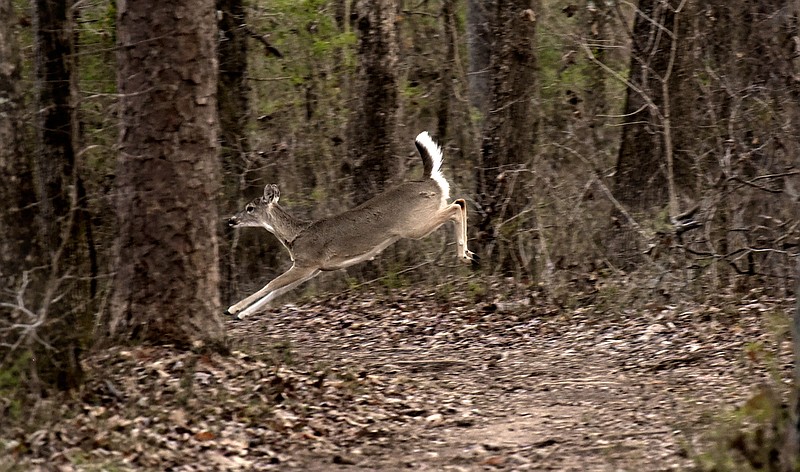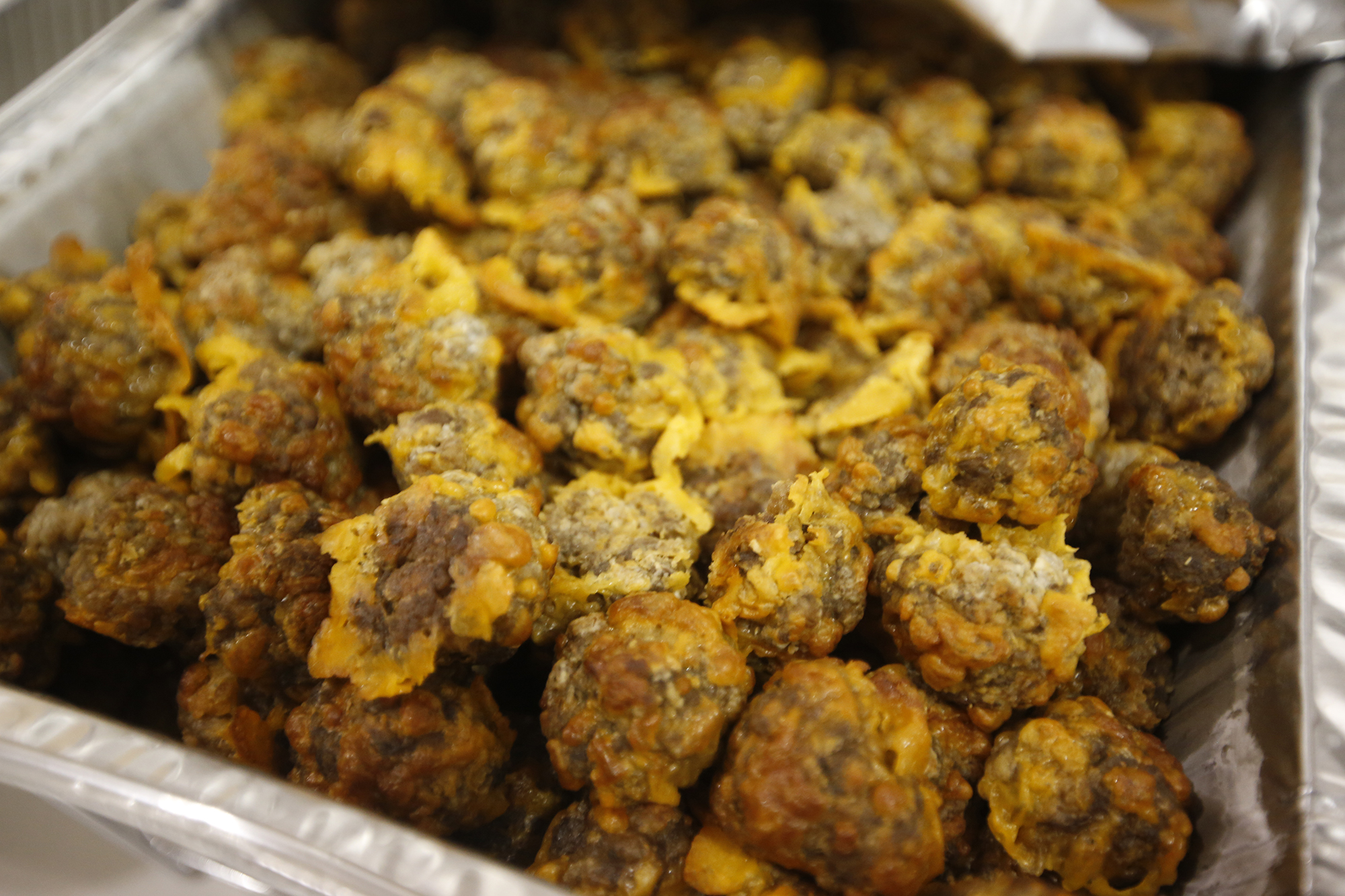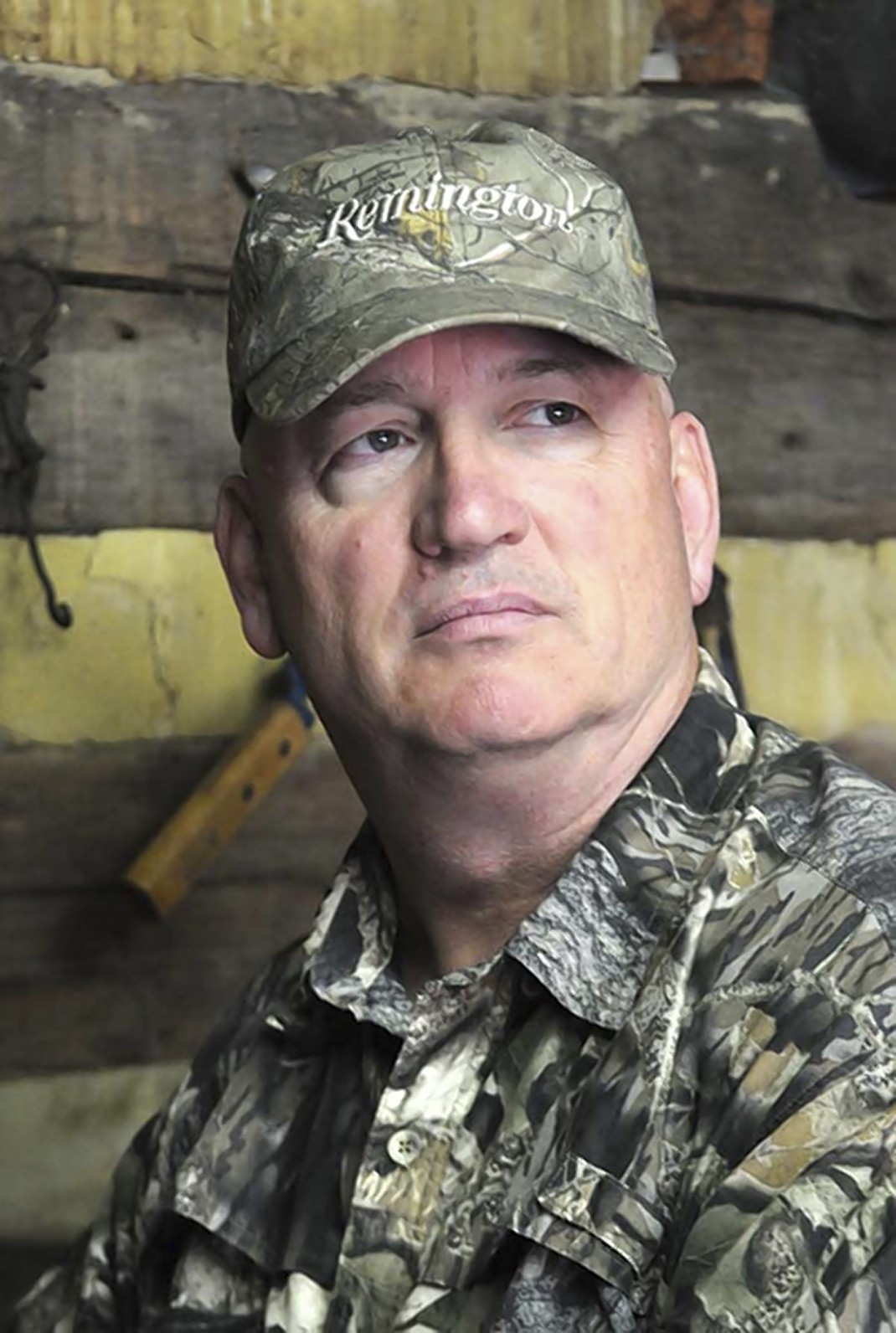The whitetail deer is the most important animal in the woods. There, I said it.
If you are a hunter, or you are thinking about becoming one, deer are on your mind. For some hunters, this seems to be the case almost all the time. Heavy-horned bucks cause more hunters more trouble (domestic and job-related) than any other game animal. More on this later.
I got to thinking about all of this recently after reading a couple of deer-related articles on the Outdoor Life website: "Whitetails have always ruled the world, and our hunting culture" by Lindsay Thomas Jr., and "Deer rule the world" by Alex Robinson. Right or wrong, whether we like it or not, the whitetail deer rules what goes on in the hunting and game management world east of the Big Muddy.
It is old news that deer and deer hunting determine how many boots will be on the ground during hunting season, and the first day of your state's deer firearms season is traditionally the highest number of hunters you will see all year. Why is this?
Well, as usual I have a few thoughts and opinions about it.
If you think about what the eastern hunter has available as game animals, the whitetail deer quickly rises to the top of the pile. Small game and bird hunters will no doubt disagree with some of this, but in the end it comes down to horns (antlers) and simple poundage, meaning how many pounds of meat you take home after the hunt is over. The less than a hundred pounds of venison from the average deer taken by a hunter is still way more than a one-pound squirrel or a two-pound rabbit or pheasant.
I'm not saying this is good or bad, you understand; it's just simple economics that a hunter might see as his return from the cost of rifles, ammo, camo and the other many expenses of hunting. Add to this all of the time and effort and shivering in a deer stand. Many hunters see the filling of the freezer as a reward.
Now you hunters out there know that I have not taken into account the actual hunt - the experience of hunting a deer, a squirrel, a turkey or any other game animal. Some of you (a lot of you, actually) just like to hunt deer. You like the scouting, the tracking, the watching and everything that is involved with pursuing a deer. Very few of us hunt to survive now; we hunt because we want to. We love it and see hunting as how we return to our roots and stay close to the land, gathering free-range meat from the animals we collect.
Now back to that hunter fascination with deer we mentioned earlier. No game animal captivates the imagination, time, blood, sweat and tears while causing more domestic problems than a big, chocolate-horned whitetail buck. Turkey gobblers in the spring may be a close second, but again, deer rule the world. One of the ways this plays out is how the emphasis on deer is shown in game management endeavors by our natural resources agencies around the country.
Now I know this may cause some heartburn with some of my friends who are wildlife biologists, but deer get put in the front of the line in most game management situations. If there is a question about how a certain deer season (and we have several these days) may collide with other seasons, such as those for small game or a fall or winter turkey hunting, the deer season will almost always take precedence.
I understand this. It is really just a matter of numbers: More hunters want to pursue deer than anything else, so state fish and game departments need to consider numbers and where the money goes for management.
One might wonder why so much emphasis is placed on deer management when in some places we seem to be up to our ears in whitetails. Many of our suburbs, towns and a lot of farmlands have what many think are too many deer. They eat a lot of crops, are the bane of many flower gardens and collide with a lot of vehicles. Those who don't hunt may think spending money to ensure we have more or enough deer as crazy.
Biologists will tell you game management is tricky at best and is not an exact science. Wildlife populations go up and down, and those in charge of managing these things can never please all of the public. Deer hunters may never agree we have enough deer, while those who are trying to grow flowers around the house - and are growing tired of having the car in the body shop from deer collisions - wish we had a lot fewer.
Game managers walk a tightrope of public opinion.
Well, there you have it. There will never be enough room in a column to cover everything on deer-related topics. I'm thankful for the deer we have and hope we will always have them in huntable numbers. Deer are part of our natural world, and so many of us love to hunt them. They are also quite tasty!
"Guns & Cornbread" is written by Larry Case, who lives in Fayette County, W.Va. You can write to him at larryocase3@gmail.com.


